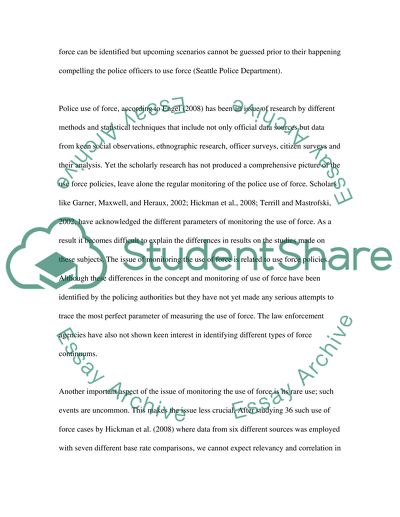Cite this document
(Discuss Issues Related with the Police and Use Force Policies Coursework, n.d.)
Discuss Issues Related with the Police and Use Force Policies Coursework. https://studentshare.org/law/1558744-discuss-issues-related-with-the-police-and-use-force-policies
Discuss Issues Related with the Police and Use Force Policies Coursework. https://studentshare.org/law/1558744-discuss-issues-related-with-the-police-and-use-force-policies
(Discuss Issues Related With the Police and Use Force Policies Coursework)
Discuss Issues Related With the Police and Use Force Policies Coursework. https://studentshare.org/law/1558744-discuss-issues-related-with-the-police-and-use-force-policies.
Discuss Issues Related With the Police and Use Force Policies Coursework. https://studentshare.org/law/1558744-discuss-issues-related-with-the-police-and-use-force-policies.
“Discuss Issues Related With the Police and Use Force Policies Coursework”. https://studentshare.org/law/1558744-discuss-issues-related-with-the-police-and-use-force-policies.


